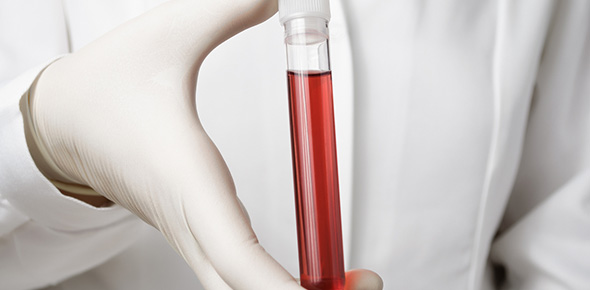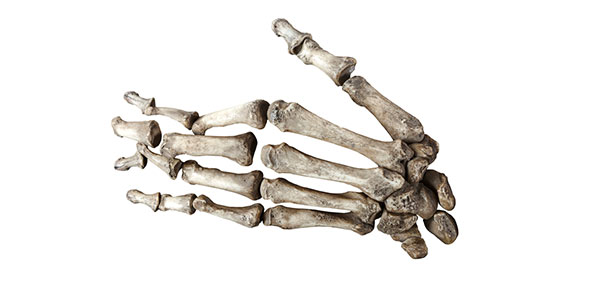Related Flashcards
Cards In This Set
| Front | Back |
|
Selective Permeability
|
A property of biological membranes that allows them to regulate the passage of substances across them.
|
|
Amphipathic
|
Having both a hydrophilic and hydrophobic region
|
|
Aquaporin
|
A channel protein in the plasma membrane that specifically facilitates the diffusion of free water across the membrane
|
|
Diffusion
|
The spontaneous movement of a substance down its concentration gradient and electrochemical gradient from a region where it is more concentrated to a region where it is less concentrated
|
|
Concentration gradient
|
A region along which the density of a chemical substance increases or decreases
|
|
Osmosis
|
The diffusion of free waqter across a selevtively permeable membrane
|
|
Passive Tranport
|
The diffuion of a substance across a biological membrane with no expenditure of energy
|
|
Tonicity
|
The ability of a solution surrounding a cell to cause that cell to gain or lose water
|
|
Osmoregulation
|
Regulation of solute concentrations and water balance by a cell or organism
|
|
Turgor Pressure
|
The force directed against a plant cell wall after the influx of water and swelling of the cell due to osmosis.
|
|
Plasmolysis
|
A phenomenon in walled cells in which the cytoplasm shrivels and the plasma membrane pulls away from the cell wall; occurs when the cell loses water to a hypertonic environment
|
|
Facilitated diffusion
|
The passage of molecules or ions fown their electrochemical gradient across a biological membrane with the assistance of specific transmsmbrane transport protein, requiring no energy expenditure
|
|
Membrane Potential
|
The difference in voltage across a cell's plasma membrane due to the differential distribution of ions
|
|
Cotransport
|
The coupling of the "downhill" diffusion of one substance to the "uphill" transport of another against its own concentration gradient.
|
|
Ligand
|
A molecule that binds specifically to another molecule, usually a larger one
|







